No products in the cart.
Home Improvement, Lawn and Gardening, Plants and Planters, Plants Saplings
Calathea Plant 2
NPR 700.00 NPR 800.00
A Calathea plant is a type of tropical houseplant belonging to the Calathea genus, which is part of the Marantaceae family. These plants are known for their striking and ornate foliage, making them popular choices for indoor gardening. Calathea plants are primarily valued for their attractive, patterned leaves, which often feature intricate designs, including stripes, spots, and vibrant color contrasts. The patterns and colors on Calathea leaves can vary significantly between different species and cultivars.
Calathea plants are native to the tropical rainforests of Central and South America, where they thrive in warm, humid, and shaded conditions. They are known for their unique leaf movements, a behavior called nyctinasty, where the leaves open during the day to capture light and close at night, resembling hands in prayer. This characteristic has led to the common name “Prayer Plant” for some Calathea species.
In addition to their captivating appearance, Calathea plants have specific care requirements, including a need for bright, indirect light, high humidity levels, and consistently moist (but not waterlogged) soil. Proper care can help these plants flourish and maintain their vibrant foliage. Calathea plants are also prized for being non-toxic to pets and humans, making them a safe choice for households with animals and children.
Interesting facts about Calathea Plant
- Variety: The Calathea genus includes over 300 different species, with a wide range of leaf shapes, sizes, and colors. Some popular species include Calathea orbifolia, Calathea lancifolia (Rattlesnake Plant), and Calathea zebrina (Zebra Plant).
- Native Habitat: Calathea plants are native to the tropical rainforests of Central and South America, primarily found in countries like Brazil, Colombia, and Venezuela.
- Foliage: Calathea is famous for its ornate, patterned leaves. Many species have leaves with intricate designs, often featuring stripes, spots, or bold contrasting colors.
- Non-Toxic: Calathea plants are non-toxic to cats, dogs, and humans, making them a safe choice for pet owners and households with children.
- Low-Light Tolerance: While they prefer bright, indirect light, Calathea plants can tolerate lower light conditions, which makes them suitable for indoor spaces with limited sunlight.
- Sensitive Leaves: Calathea leaves are known to move in response to light. They exhibit nyctinasty, which means they open during the day and close at night, resembling hands in prayer. This behavior is where some species get their common name “Prayer Plant.”
- Humidity Lovers: Calathea plants thrive in high humidity environments. To keep them healthy, it’s often recommended to place a tray of water near the plant or use a humidifier.
- Moderate Watering: These plants prefer consistently moist soil but are susceptible to root rot if overwatered. Watering when the top inch or so of soil feels dry is generally a good rule of thumb.
- Pet-Friendly: Calathea plants are pet-friendly and safe for cats and dogs, making them a popular choice among pet owners.
- Purifying Air: Like many houseplants, Calathea can help improve indoor air quality by removing toxins from the air and increasing humidity levels.
- Pests: Common pests that can affect Calathea plants include spider mites, aphids, and mealy bugs. Regular inspection and treatment can help prevent infestations.
- Temperature Sensitivity: Calathea plants are sensitive to temperature fluctuations. They prefer a consistently warm environment and can be damaged by cold drafts or temperatures below 55°F (13°C).
Symbolism: In some cultures, Calathea plants are associated with beauty and prayer. Their unique leaf movements have inspired various symbolic meanings, often related to the idea of contemplation and mindfulness.
Calathea Plant Care Tips
- Light: Calathea plants thrive in bright, indirect light. They should be shielded from direct sunlight, which can scorch their delicate leaves. They can tolerate lower light conditions but may not grow as vigorously.
- Temperature: Maintain a warm and consistent temperature for your Calathea, ideally between 65°F to 80°F (18°C to 27°C). Avoid exposing them to drafts or cold temperatures.
- Humidity: These plants require high humidity levels to thrive. You can increase humidity by misting the leaves regularly, placing a humidity tray nearby, or using a humidifier.
- Watering: Keep the soil consistently moist but not waterlogged. Water when the top inch or so of the soil feels dry, usually about once a week, but this can vary depending on environmental conditions. Always use room-temperature water.
- Soil: Use a well-draining potting mix that retains moisture but allows excess water to drain away. A mix formulated for tropical plants or a combination of peat moss, perlite, and potting soil works well.
- Fertilizing: Feed your Calathea plant with a balanced, diluted liquid fertilizer during the growing season (spring and summer) about once a month. Reduce or suspend fertilization during the winter when growth slows down.
- Pruning: Regularly remove dead or yellowing leaves to encourage healthy growth and maintain the plant’s appearance.
- Potting: Repot your Calathea every 1-2 years to refresh the soil and provide more space for growth. Choose a pot that is slightly larger than the current one.
- Pest Control: Keep an eye out for common pests like spider mites, aphids, and mealybugs. If you notice any infestations, treat the plant promptly with the appropriate method
- Toxicity: Calathea plants are non-toxic to pets and humans, making them a safe choice for households with pets and children.
| Weight | 4 kg |
|---|
Based on 0 reviews
Only logged in customers who have purchased this product may leave a review.
Vendor Information
- Store Name: Ajambari
- Vendor: Ajambari
- No ratings found yet!
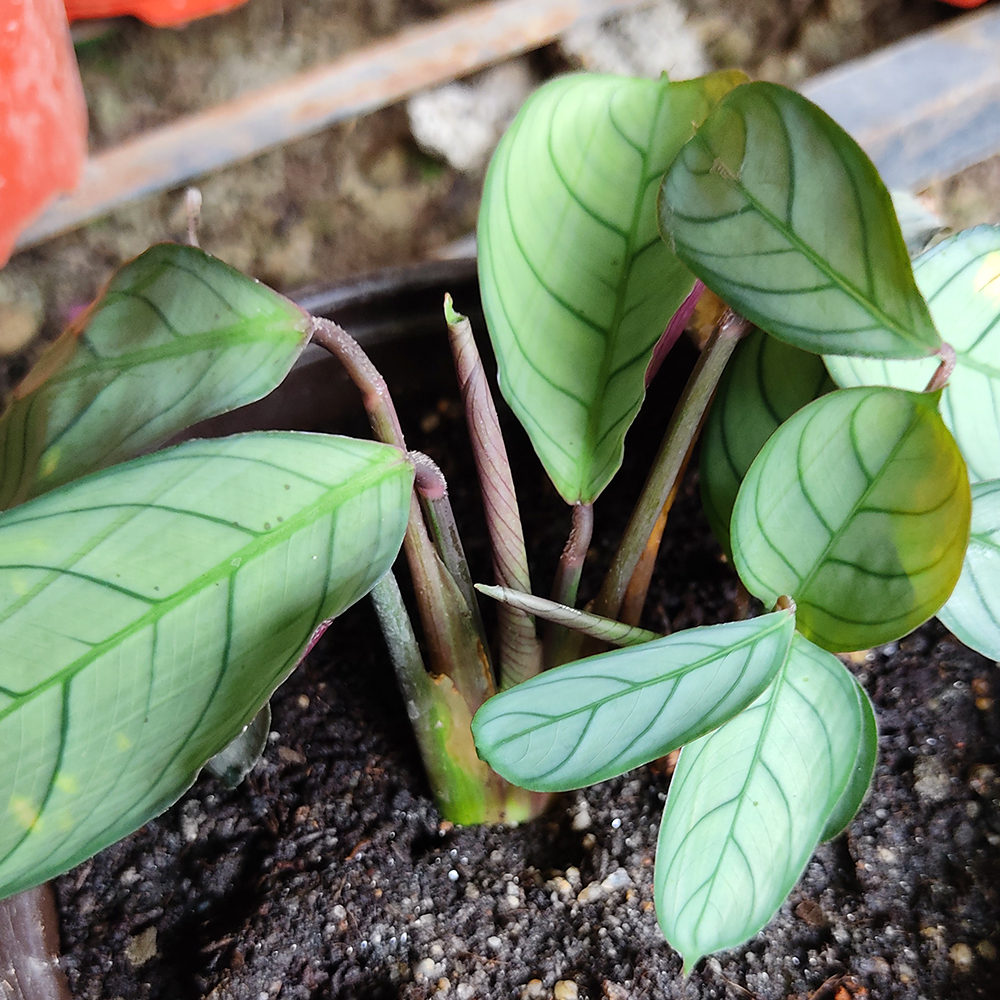


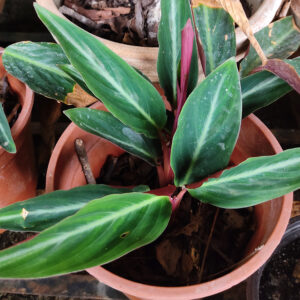
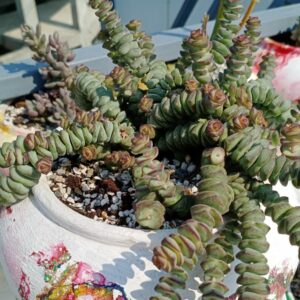
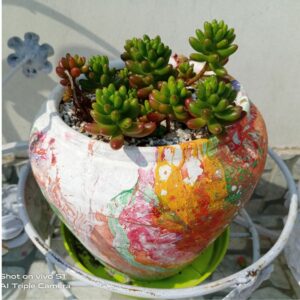
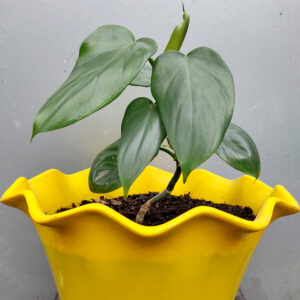
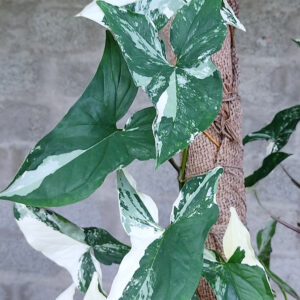

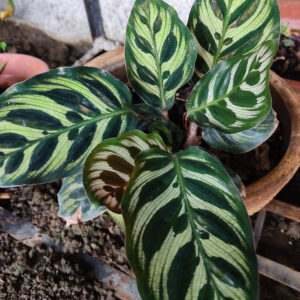
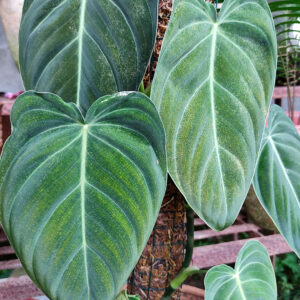
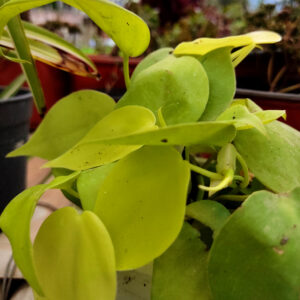
There are no reviews yet.